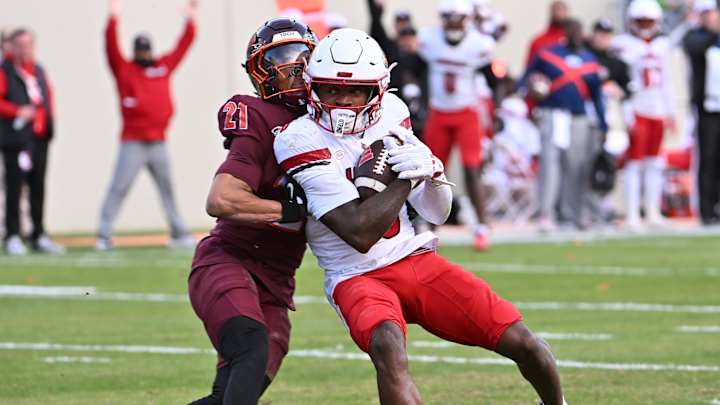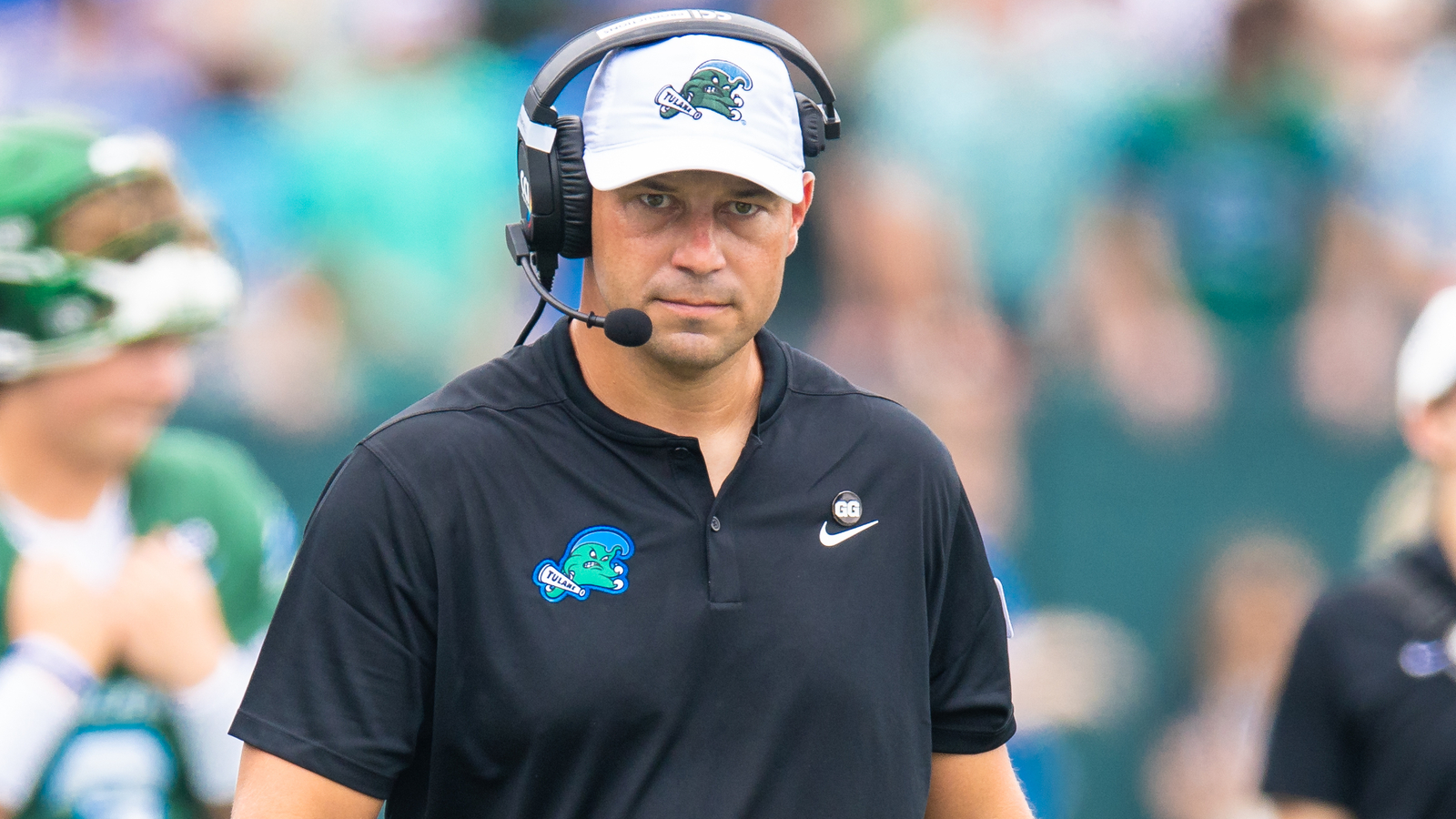Currently, Virginia Tech football finds itself in a state of limbo, caught between its past and an uncertain future. The departure of head coach Brent Pry on September 14 has ushered in a transitional phase under interim coach Philip Montgomery. This situation brings to light the pressing need for stability within the program.
Pry”s tenure showcased brief moments of potential growth, hinting that a turnaround could be on the horizon. However, the inconsistency and increasing number of losses ultimately overshadowed any progress made. This precarious situation encapsulates where Virginia Tech currently stands as a program.
The “wait-and-see” mentality that I mentioned previously now resonates with a sense of unease and impatience. The responsibility now lies with athletic director Whit Babcock and the administration to choose a head coach who can ignite more than just temporary hope. The next leader must not only drive victories but also revitalize the culture, strengthen recruiting efforts, and restore the national reputation that once made Virginia Tech a prominent name in college football.
This search goes beyond merely selecting a strategist or a motivator; it demands someone capable of navigating the evolving landscape of college football and leading the Hokies into a promising new era. The team appears to be precariously balancing on a tightrope: taking steps forward suggests development and the establishment of a long-term foundation. However, a misstep in the upcoming coaching decision could have repercussions extending far beyond a few disappointing seasons.
As the SEC and Big Ten continue to dominate college football, concerns arise that Virginia Tech could be left behind should a super-league materialize. This reality underscores the urgency of the situation. The Hokies must avoid stagnating in mediocrity, as relying solely on patience is insufficient. Immediate victories are essential, not just to restore pride among the fanbase but also to secure the program”s future among college football”s elite.
The tension lies in the juxtaposition of the “wait-and-see” mentality that now characterizes this period. The call for patience and trust in a vision that promises eventual success conflicts with the rapid evolution of the sport, highlighted by the emergence of name, image, and likeness (NIL) deals and revenue sharing.
However, patience is not limitless, and each week of uncertainty amplifies the pressure to demonstrate tangible progress. It seems that this mantra has infiltrated both ends of Virginia Tech”s coaching search. There exists a cautious optimism, a blend of hope and hesitation, as the program stands at another critical juncture.
Among the candidates, James Franklin from Penn State has surfaced as an early favorite. Yet, the uncertainty surrounding this process casts a shadow on his potential fit. Virginia Tech is not alone in its quest for a leader capable of steering the program towards national relevance, as three SEC teams—Arkansas, Auburn, and Florida—also have coaching vacancies.
Franklin”s name evokes interest due to his proven track record in recruiting and his experience building a brand around consistency and culture at Penn State. Nevertheless, there are risks to consider. Does he perceive Blacksburg as an advancement or a step backward? Is the university ready to invest the necessary resources to attract and maintain a coach of his caliber? These questions linger.
As the Hokies navigate this coaching search, they must determine whether they are gradually moving towards a sustainable future or merely stalling, waiting for a breakthrough. Until the results align with the optimistic rhetoric, the feeling of being “stuck in the medium”—not poor enough to initiate a rebuild yet not strong enough to compete—may define the upcoming chapter of Virginia Tech football.
We will have to wait and see what unfolds.







